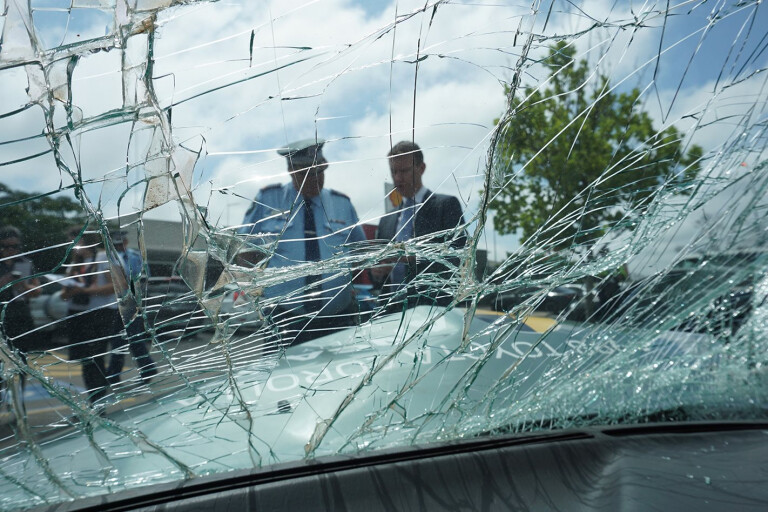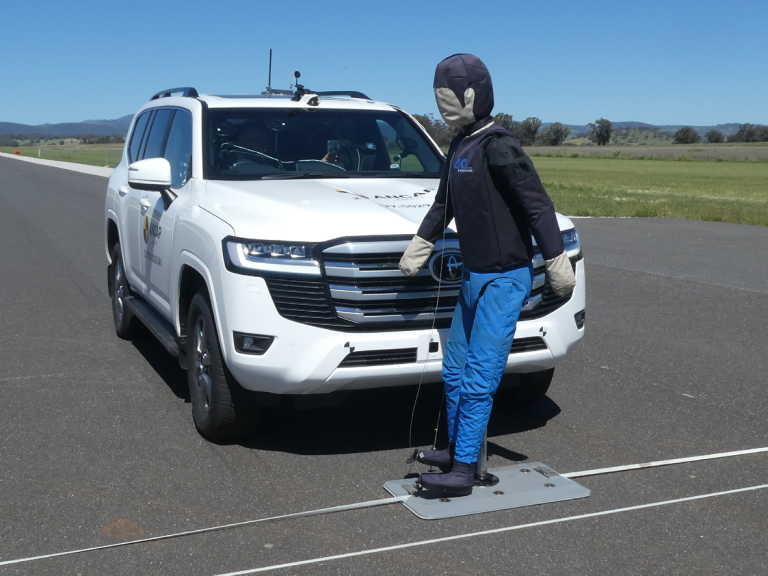
UPDATE: Australia’s peak motoring body says a more urgent response from government is needed to reduce the nation's road toll.
New data shows national road deaths increased by 7.3 per cent in the 12 months to January 31, 2023.
The AAA said the deaths of 1208 Australian road users – an increase of 82 on the previous corresponding period – 'should be of great concern to governments' as it shows their collective commitment to halve road deaths through the decade to 2030 is progressing poorly.
The latest Bureau of Infrastructure and Transport Research Economics data shows deaths increasing in most states and territories, with Tasmania (44.4 per cent), the ACT (41.7 per cent), the NT (28.6 per cent), WA (16.6 per cent), Queensland (10.1 per cent) and Victoria (five per cent) seeing the largest increases.

“The AAA is deeply concerned by Australia’s worsening road toll and the lack of available information regarding its cause," said the AAA's Managing Director, Michael Bradley.
“Too many government commitments remain unmeasured, undefined, or unreported, and this continues to inhibit the development of evidence-based responses to the factors causing so much death and injury.
“The COVID pandemic demonstrated the capacity for Australian governments to quickly and safely share data and the AAA hopes the lessons learnt are not forgotten.”
The story to here
December 2022: The Australian Automobile Association (AAA) has doubled down on its calls for ‘urgent’ safety improvements on local roads following a spike in the national death toll.
It follows new data from the Bureau of Infrastructure and Transport Research Economics, which revealed the road toll has increased in most states and territories, with the largest rises in the Australian Capital Territory (up 100 per cent), Tasmania (up 60.6 per cent), the Northern Territory (up 45.7 per cent), Victoria (up 13.5 per cent), and New South Wales (up 12.1 per cent).
The motoring body, which represents the state and territory-based motoring clubs (NRMA, RACV, RACQ, RAA, RAC, RACT and AANT), said it was concerned about a lack of progress for the agreed National Road Safety Strategy targets.

These targets, first implemented in 2021 as part of a 10-year plan for “dramatically reducing road trauma on Australia's roads”, include; a reduction in the number of national deaths, serious injuries, deaths of children aged seven and under, metropolitan deaths, and high-speed road deaths.
The strategy aims to half the number of national road deaths from an average of 1142 to 571 by 2030, with zero in metropolitan areas and for children aged seven and under.
However, the AAA has revealed 1191 people have died on Australian roads between November 1, 2021, and October 31, 2022 – a 6.2 per cent increase over the previous 12 months.

The number of deaths of children aged seven years and under has fallen to 17 over the same period – a 19 per cent decrease – however, this is short of the zero by 2030 target.
AAA managing director, Michael Bradley, said it was concerning that no data is available for serious injuries, metropolitan deaths, or high-speed road deaths.
“It is of great concern that three of the Strategy’s five key targets are still unable to be tracked, and Australia’s worsening road toll reflects poorly on our national approach to road safety, which lacks clarity and coordination,” he said.
“Australia’s poor measurement, analysis, and reporting of road safety performance continues to be the major impediment to evidence-based solutions and well-targeted funding.”
It follows previous calls by the AAA, with a report in 2017 finding the national road toll in 2016 rose by 7.9 per cent to 1300, despite a target to reduce road deaths to below 1000 by 2020.

At the time, the AAA’s pre-budget submission to the Federal Treasury called for safety-related funding and policy, including the removal of remaining tariffs and taxes designed to protect the now-extinct local automotive industry, continued funding for ANCAP, and a requirement for all governments to use risk-assessment tools for infrastructure upgrades.
In a bid to reduce road accidents, the Federal Government has mandated autonomous emergency braking (AEB) for all vehicles, while proposed new Australian Design Rules could mean lane-keeping systems become compulsory from 2024.
AEB, which can completely stop a vehicle or reduce its speed if it detects an impending collision, will become compulsory for newly-introduced vehicles from March 1, 2023, and all cars sold in Australia from March 1, 2025.
Currently, the only mainstream vehicles sold in Australia without AEB are the MG 3, Fiat 500, LDV T60, G10 and V80, Mahindra Pik-Up, Suzuki Ignis, and entry-level versions of the MG ZS, Kia Rio, Honda CR-V, Mitsubishi Triton and Peugeot Expert.
COMMENTS